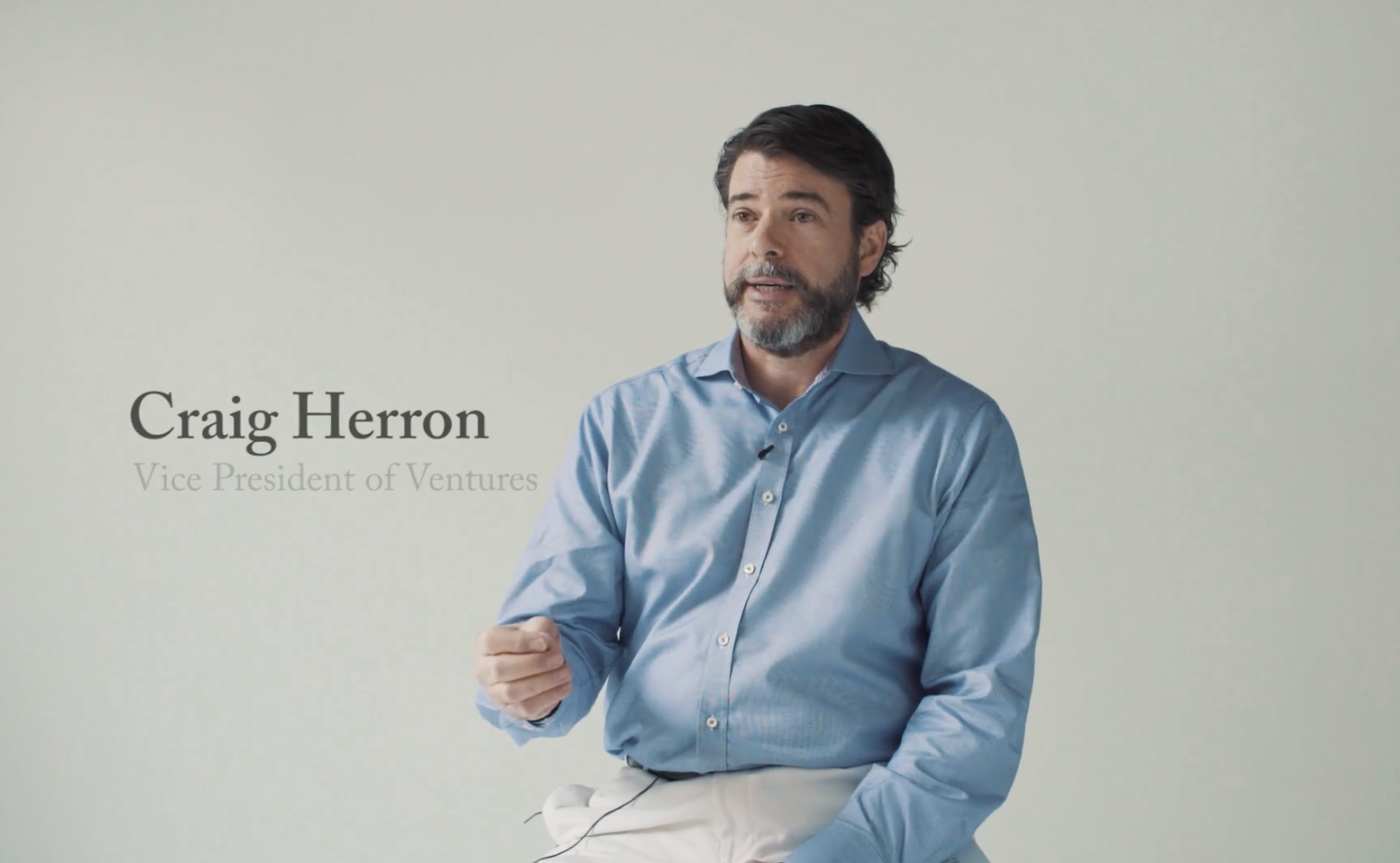I learned three important lesson about innovation early in my career as an engineer at McDonnell Douglas. It was 1989 and I was assigned to work on the Navy’s F/A-18 Hornet, a carrier-based fighter jet. Originally designed in 1976, the F/A-18 was planned to remain operational through 2030 and the Navy needed enough airplanes to support 12 or more carriers.
But airplanes are expensive, and over time future generations of the F/A-18 continued to get more and more costly. My job: Figure out how to drive more innovation for the product while reducing costs.
So we set about looking at waste, defects and inefficacies. We wanted to improve everything, not by a little but by a lot. Our constraint? Achieve zero waste! We obsessed over every detail, we measured every step and we sought every root cause. The result? Production defects dropped to near zero. Product development cycle time was cut 50%. Since then, billions have been saved as our approach went from the F/A-18, to the C17, to unmanned vehicles, software design, satellites and more. Eric Ries was 11 at the time, but later became famous calling this approach the Lean Startup. Progeny of Gauss, Shewhart, Deming and Smith. Hard at the time, obvious in hindsight. Outcomes beyond our imagination.
Lesson 1: Innovation happens by constraint
Lesson 2: Defects, waste and data are the messenger of opportunity
Lesson 3: Innovation achieves more than expected, for less cost than expected
These lessons inform how iSelect invests in Healthcare.
As of 2017, the U.S. health care industry is costing us about $3.2 trillion per year, growing 5% per year per capita. An intractable cost. What’s the solution? Ration care? Regulate more? Regulate less? Single Payer? Free market? Push granny over a cliff? Just die?
Maybe not. Perhaps the impossible is probable.
Some data to inform this discussion…
- Breast cancer tests have a 9% false positive rate, a cost of at least $4B/year in the U.S.
- 42% of Phase 3 Trials fail
- Cost of medical errors are estimated as high as $29B/year
- Unneeded care, byzantine paperwork, fraud and other waste account for 30% of every healthcare dollar spent in the U.S.
- The top 5 diseases (heart disease, diabetes, dementia, cancer, obesity) cost the U.S. $800B+/year
- 71% of U.S. healthcare dollars are spent by the 32% of the population that have multiple chronic conditions
A billion here, a billion there, suddenly you have a trillion.
While a moonshot to cure cancer has an emotional appeal, it doesn’t impact healthcare cost if you can only take three astronauts. The standard of care for mundane but prevalent illnesses like diabetes, obesity, heart disease and many cancers are here today. We know the savings if we just deliver today’s standard of care. Our healthcare regulations protect us from the numerator of poor care, but eliminate millions from the denominator for any care. A robot could treat high blood pressure at greater scale and quality that today’s systems, but not without the FDA first looking for its navel for seven years.
Foolproof, but foolish.
New science may not be the answer we need. We need new business models. A job for innovators?
Let’s say a startup has a new biomarker test for cancer, but it needs 10,000 blood samples to achieve clinical approval. At $300 per sample, they need to raise millions just to meet the FDA’s initial approval threshold. Let’s say it takes them a year to raise venture capital, three years to find the samples and two more years for approval. That’s six years of waste. In the interim, $24 billion has been wasted on false positive breast cancer tests.
But what if Northwestern Mutual used the unapproved test to streamline life insurance screening? Not to diagnose, but to parse risk. Announce it at the Super Bowl? With 110 million viewers, they could probably get 10,000 blood samples in a week, and the cost could be buried somewhere in a marketing budget.
I wonder if it would fly?






